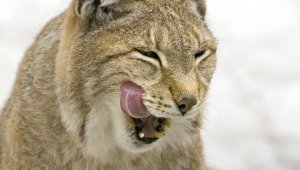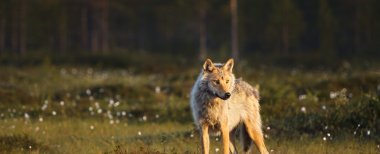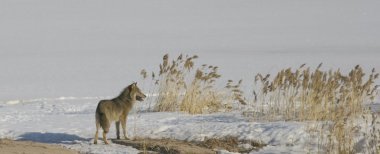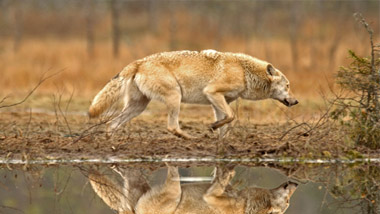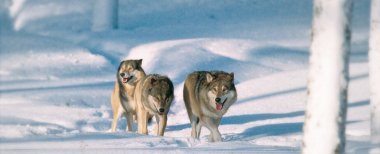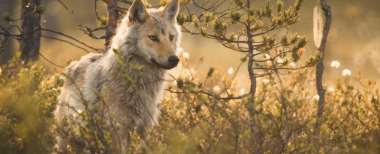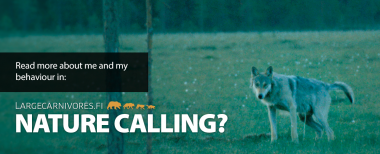Meeting a wolf
The wolf is a sizeable wild animal and large carnivore and you should remain calm and fearless when coming face to face with one. A rabid wolf or a wolf that is put on the defensive may harm a human, but this has not happened in Finland since the late 19th century.
Method of estimating Finnish wolf population size has been evaluated
Fri Oct 21 10:36:00 2016
In population assessment, three complementary sets of data are used: observations made by large carnivore contact persons and by Luke’s own field staff (recorded in the Tassu system), territory boundaries by GPS collared wolves, and the analyses of DNA samples. Luke’s experts deduce the size of the wolf population by forming an expert opinion on the basis of these three data sets and separate checks performed in certain situations.
According to the evaluation report, the strength of the assessment method lies in its cost-efficiency and citizens’ participation in data collection. Its greatest weaknesses are related to the accuracy of observations made in field, the documentation of the analysis methods, and subjective choices regarding experts.
The report finds that sufficiently comprehensive documentation of the assessment method would help citizens to develop more trust in population assessments. The report praises the high professional standard of the experts conducting analyses, and their top-quality publications and active international collaboration, all of which create the framework for high-quality expert work.
The accuracy of observations could be ensured, for example, by checking a higher proportion of them. More observations are also required; as a result, a vital role continues to be played by voluntary citizen participation in the gathering of observations.
The development of population assessment can be modelled on best practices obtained from monitoring programmes used in Sweden and Norway, for example. However, this will require additional resources. The funding resources available for population assessment in our neighbouring countries may even be five times as high as Finland’s.
The international scientific evaluation was conducted by Professor Henrik Andrén from the Swedish University of Agricultural Sciences, Professor Mikkö Mönkkönen from the University of Jyväskylä, and Professor Otso Ovaskainen from the University of Helsinki. The evaluation was based on written documents, interviews and experiences gained from similar assessment methods used elsewhere in Europe.
Report a sighting
A large carnivore sighting can consist of seeing the animal itself, or spotting the tracks, droppings, carcasses, claw marks or other signs left behind by the carnivore somewhere in the wilds. By reporting your sighting you are taking part in game animal research. Every year tens of thousands of sig...
Damage prevention
Occasionally large carnivores cause damages to domestic animals. Livestock and hunting dogs are the most common targets. However, a significant portion of large carnivore damages may be avoided with the right kind of preventive measures.
Large carnivores in populated areas & road accidents
A large carnivore that causes damage, repeatedly acts in a problematic manner or ventures into a populated area must always be reported to the emergency exchange (tel: 112). The primary aim is to scare the predator away from coming too close to populated areas. The animal is only put down if it is b...
